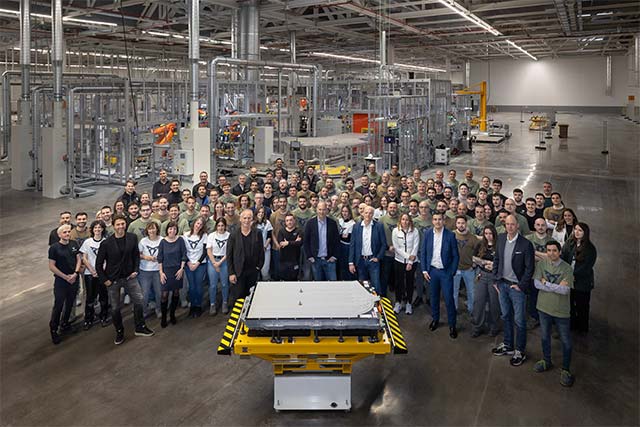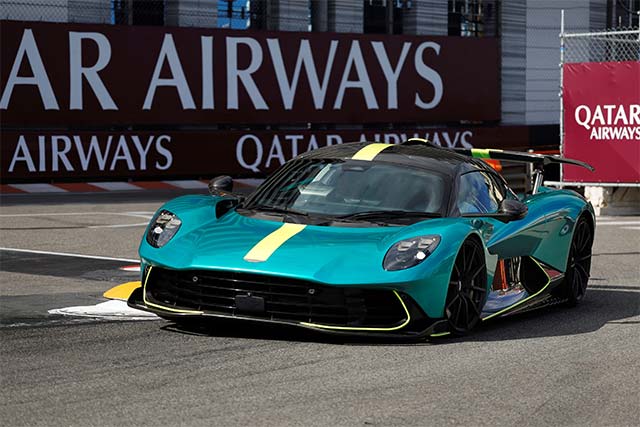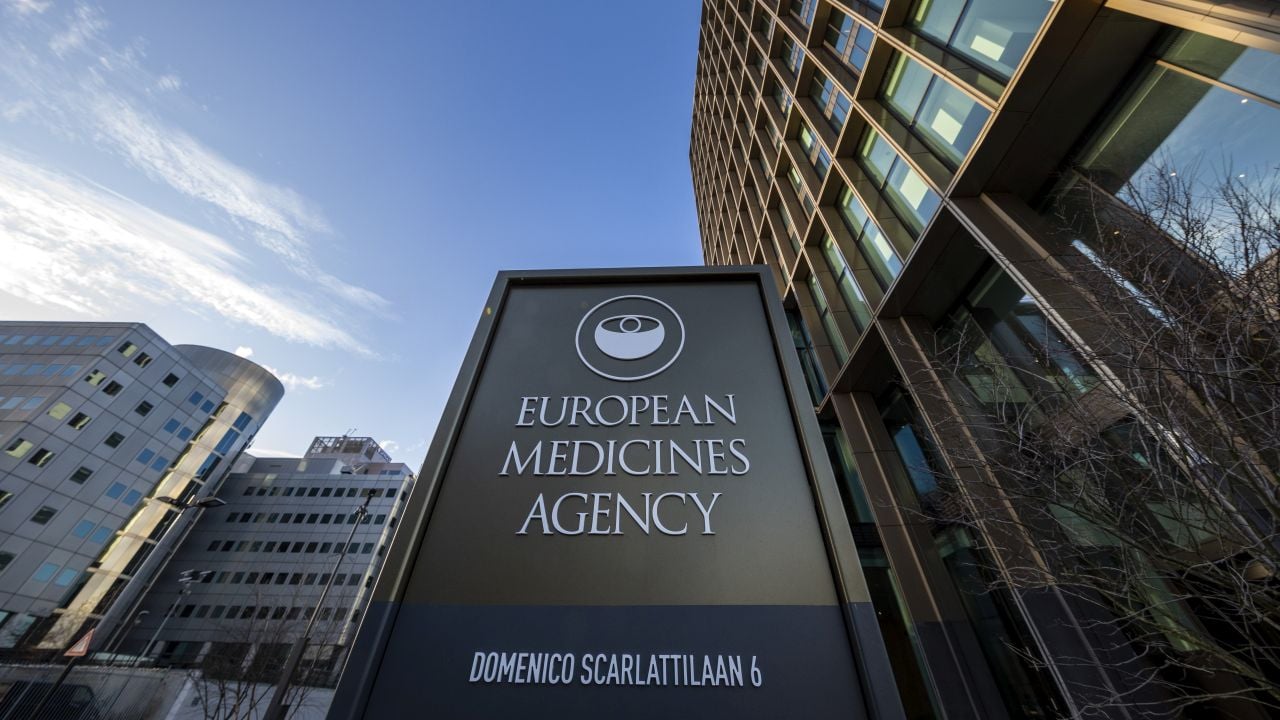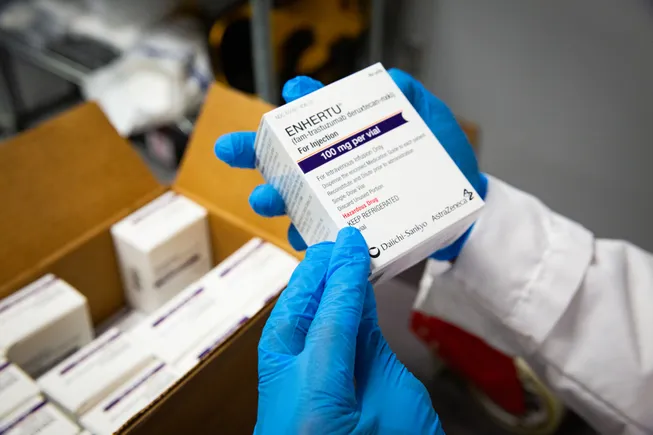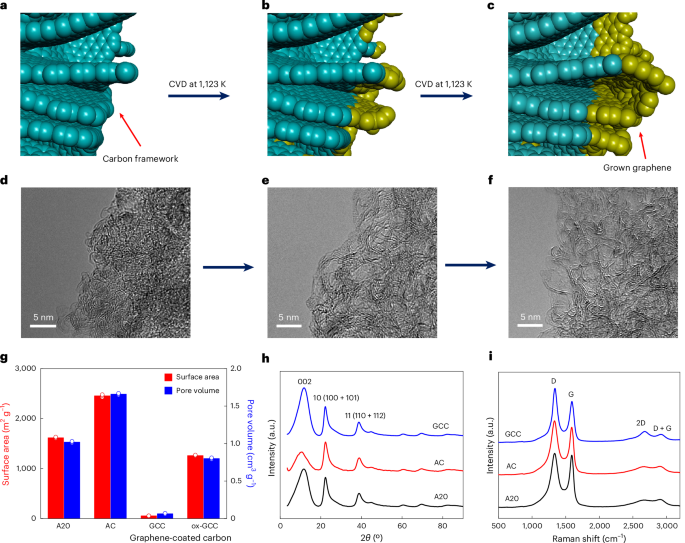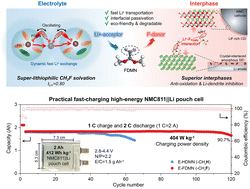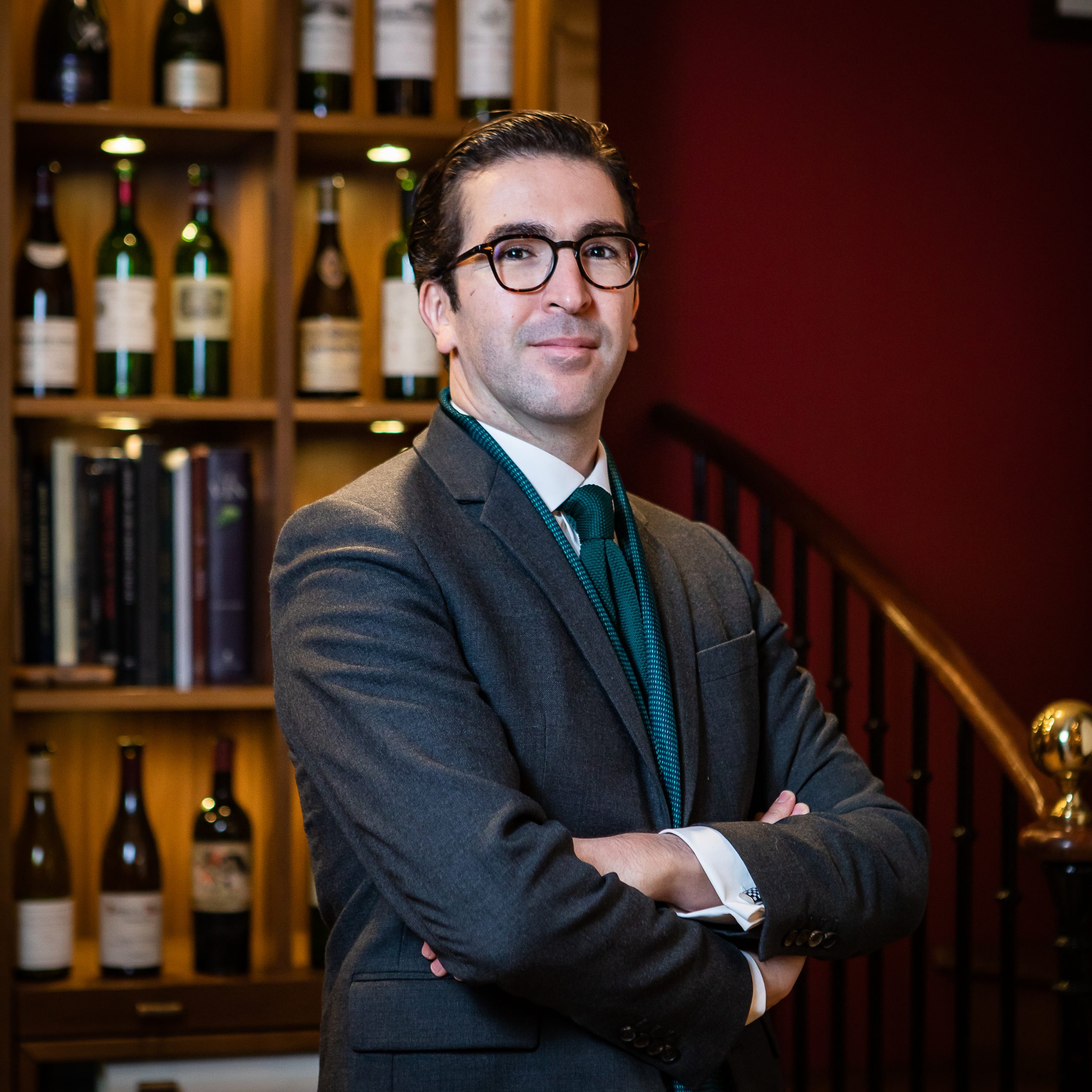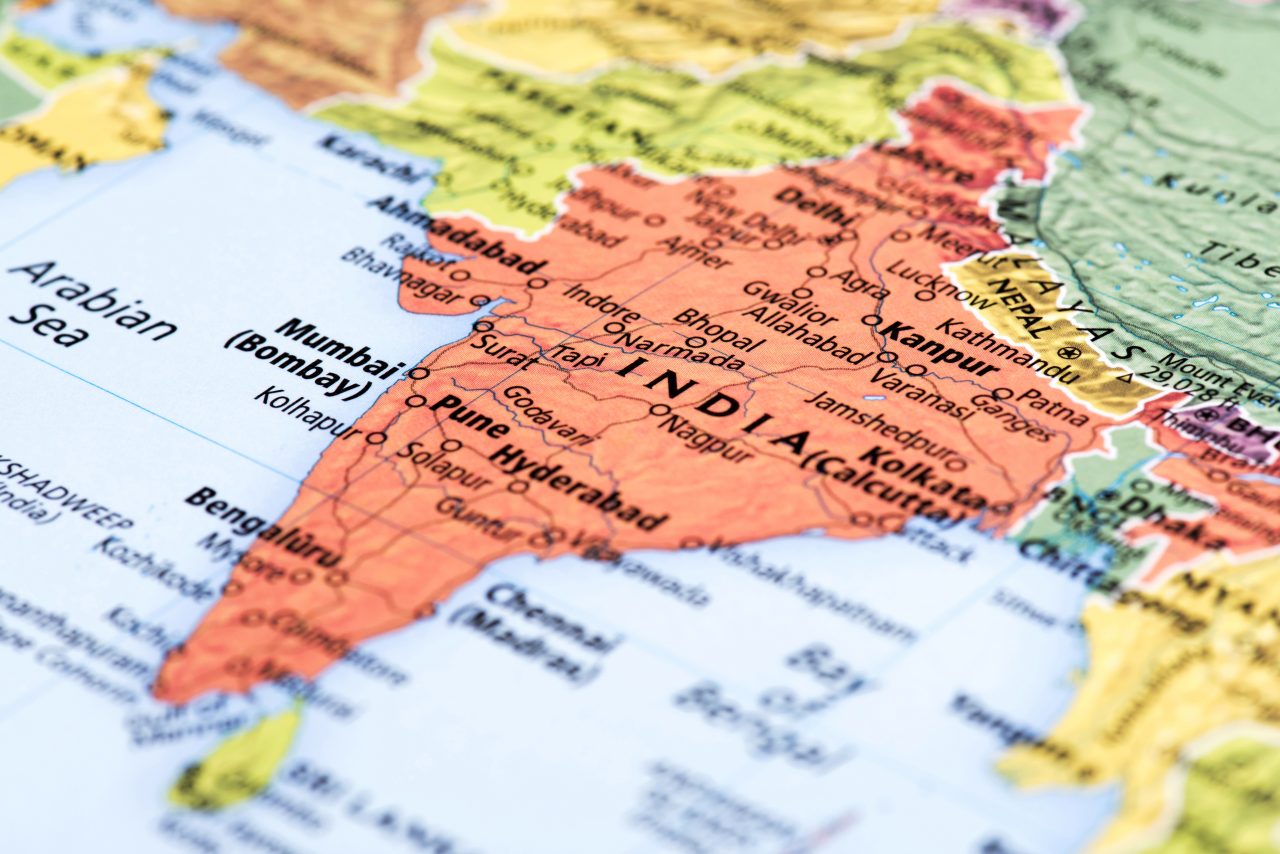Ahead of a major tasting in London, db spoke to Dora Simões, president of the Vinhos Verdes Commission. From premiumisation to indigenous varieties to red wines, she gives her take on the region’s prospects.
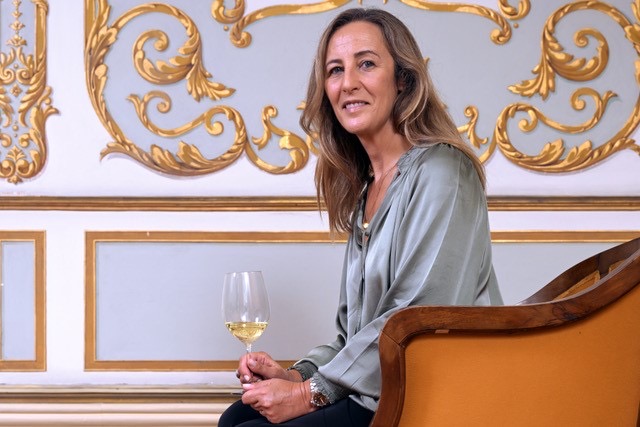
In view of Vinhos Verdes returning to London on 2 June for its trade tasting, how does the UK market look for the region?
We have seen an increased interest from producers in the UK market.
The UK market holds exceptional potential for Vinhos Verdes, but we still need to raise greater awareness of the region’s diversity of wines. In2024, our exports to the UK grew by 5% in value and 7% in volume, closing the year at £6 million.
Traditionally, red wine has held a strong position in the UK, which posed a challenge for a region primarily known for its white wines. However, with the growing consumer preference for white wines, the situation is beginning to shift, and we are seeing increased interest in the Vinhos Verdes region and its wines.
The London tasting offers a fantastic opportunity to present a diverse portfolio to the local trade – from vibrant young wines to more refined styles with remarkable ageing potential.
Which other markets are showing strong potential at the moment?
The UK is undoubtedly a market with strong potential for our crisp, elegant, and lower-alcohol wines – as are the US, Canada, and Brazil, where we’ve seen consistent growth in recent years.
We also continue to identify promising opportunities in selected markets across the Far East, particularly in Japan and South Korea.
How does Vinho Verde’s image differ in its home and export markets?
The immediate association with Vinho Verde is often the traditional style – lightly pétillant, low in alcohol, and fruity. While this fresh, easy-drinking style remains an important part of the region’s identity, there is much more to Vinho Verde than that.
Producers are increasingly crafting world-class white wines with greater complexity and remarkable ageing potential. These more ambitious styles are now gaining recognition both in Portugal and abroad, as trade professionals and consumers alike begin to discover the full breadth and quality the region has to offer.
What role do you think Vinho Verde can play in shops, bars and restaurants?
One of the qualities most frequently highlighted by journalists and buyers who visit the region and taste the wines is their remarkable gastronomic versatility. They value the lively, elegant acidity that gives the wines their vibrancy and freshness, as well as the naturally low alcohol content that is characteristic of Vinho Verde.
These attributes make our wines particularly appealing for by-the-glass offerings in bars and restaurants, where freshness, balance, and drinkability are key.
What makes Vinho Verde stand out among its competitors?
Many wines from the region are produced from single grape varieties such as Alvarinho (Albariño), Loureiro, and Avesso. This provides an excellent opportunity to introduce consumers to distinctive varieties they may not yet have encountered, which also pair beautifully with both traditional and more exotic world cuisines. The balance of acidity and alcohol plays a key role in delivering truly delicious food and wine combinations.
I genuinely believe there are very few regions that offer such a diverse range of wines combining exuberant freshness, naturally low alcohol, and excellent value – whether for entry-level wines or more refined, premium whites.
Vinho Verde is a great example of a style that is not tied to a single well-known variety. Is that a help or a hindrance?
The traditional pétillant style of Vinho Verde is typically a blend, but higher-end still Vinho Verde wines are increasingly being made as single-varietal wines or blends of just two native grapes – such as Alvarinho, Loureiro, Avesso, Azal, and others.
In fact, many of the region’s premium wines are produced from indigenous varieties and presented as varietals. I see this as a real advantage – it offers consumers a distinctive and authentic experience, and provides a compelling talking point for sommeliers or staff in bars and restaurants.
Vinho Verde is often known for its good value. How do you maintain that accessibility while also promoting premium expressions?
Vinho Verde has evolved into a region with distinct, higher-value segments, shaped by the choice of grape varieties, differentiated viticulture in single vineyards, and increasingly sophisticated winemaking techniques.
The traditional entry-level pétillant wines remain an important part of the region’s production and continue to perform well in specific market segments. However, the number of producers focusing solely on premium wines – or operating across both entry-level and premium tiers – has grown significantly.
Over the past two decades, Vinho Verde has transitioned from being known almost exclusively for light, approachable wines to producing a substantial number of high-quality wines that can confidently compete with some of the world’s finest white wines.
Are there any other regions or styles you’ve taken inspiration from in reaching new markets?
We study and take inspiration from other wine-producing countries that have been particularly successful with white wines. Austria and New Zealand are of great interest, especially in how they’ve built strong, prestigious collective brands recognised around the world.
We also look closely at smaller regions such as Gavi, Alto Adige, and Friuli, which have made impressive progress in exports and in establishing a strong presence in bars and restaurants. And of course, we continue to learn from our neighbours to the north in Galicia, who share many similarities with our own region.
What trajectory do you see for the region in the next five years?
The wine world will undoubtedly face challenging times in the years ahead, but it’s precisely during these periods that we must focus on advancing in strategic areas critical to the region’s future.
I anticipate a clearer and more defined distinction between the two key segments of Vinho Verde – the traditional pétillant style and the still wine category – each tailored to different consumer profiles. I believe there is strong potential to drive growth through wines made from native grape varieties, particularly single-varietal expressions.
I also hope to see producers further develop the light red wine category, which is gaining traction among consumers. This would represent not only an exciting opportunity for the region but also a return to its historical roots in red wine production. While white wines remain the region’s primary focus, there is significant potential in this area – and we already have excellent examples of light, elegant red wines that are resonating with both consumers and the trade.
Why should the UK trade attend your tasting on 2 June?
The London tasting on 2 June will feature a special seminar led by one of the UK’s most respected wine experts, Master of Wine Dirceu Vianna Junior, who has personally selected a range of standout wines that he believes are essential to understanding the region.
It’s a unique opportunity to explore the diversity of Vinho Verde through over 20 producers present in the room and to discover the elegance, freshness, and naturally low alcohol that define these wines. It promises to be an inspiring and insightful event for anyone working in the UK trade.
Register to attend the Vinhos Verdes Trade and Press Tasting here.














